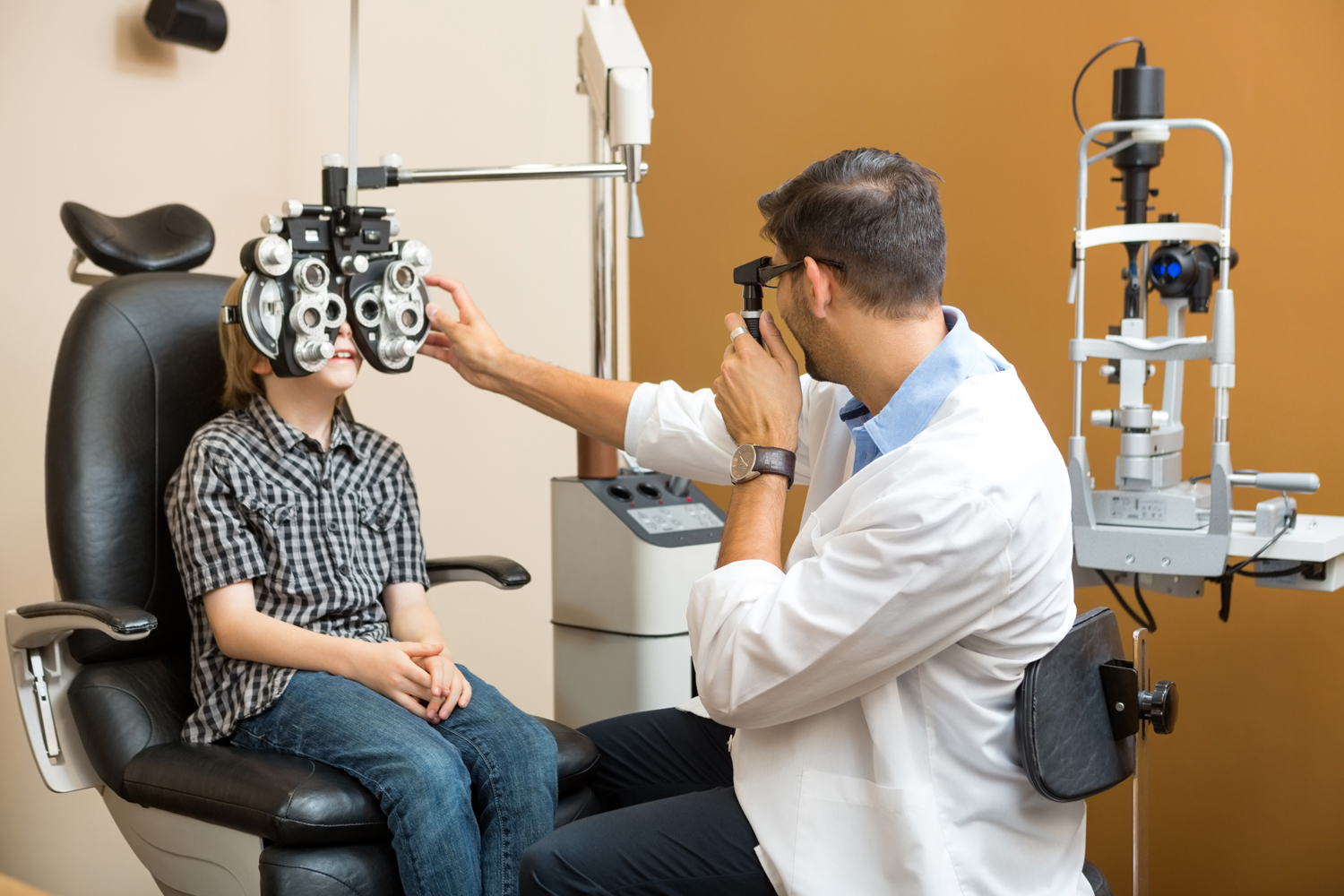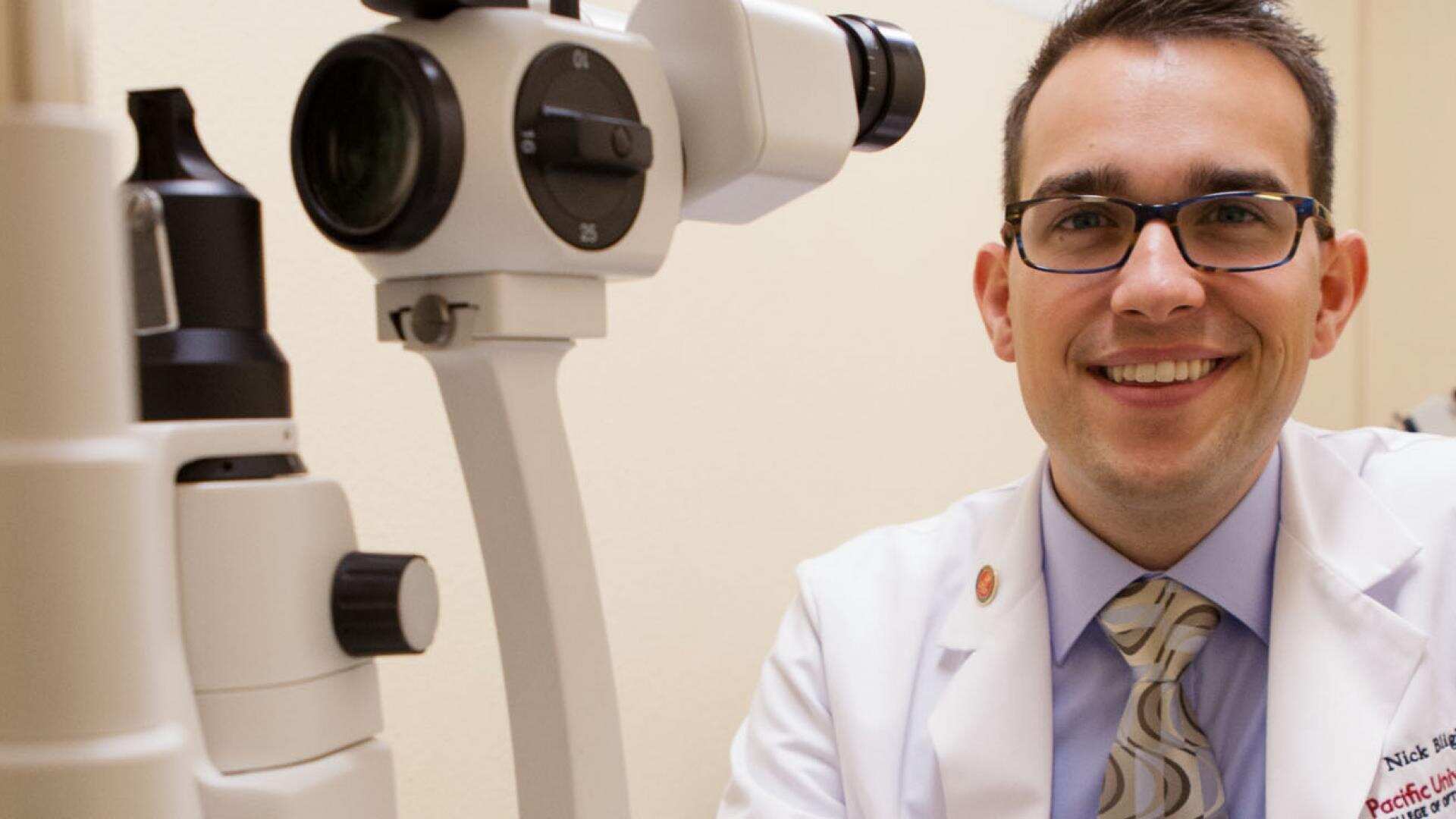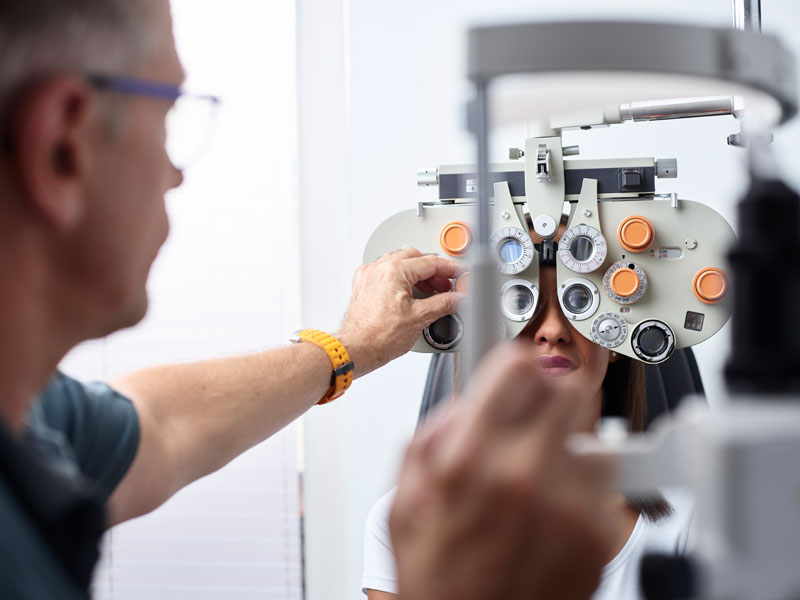Leading Factors to See an Optometrist Chino for Your Eye Health
Wiki Article
Checking Out the current Technical Innovations in Optometry and What They Mean for Optometrists
From the precision of Optical Coherence Tomography to the nuanced understandings offered by AI-driven diagnostic tools, these developments are setting new standards in individual evaluation and treatment. As these improvements penetrate the practice, eye doctors are faced with the challenge of welcoming these tools to improve patient outcomes.Technologies in Diagnostic Devices
Progressing the field of optometry, innovations in analysis devices have actually transformed the way eye care experts examine and diagnose ocular problems and aesthetic problems. The past decade has witnessed significant technical innovations, making it possible for more extensive and exact analyses.Another key technology is the introduction of advanced corneal topography systems, which map the surface area curvature of the cornea with accuracy. These devices are particularly helpful for fitting contact lenses and identifying corneal disorders. Electronic retinal imaging has actually transformed conventional ophthalmoscopy, offering in-depth, breathtaking views of the retina that assist in comprehensive aesthetic evaluations.
The advancement of wavefront aberrometry has actually additionally been essential, making it possible for the evaluation of refractive mistakes with unmatched accuracy (Opticore Optometry). This modern technology assists in customizing restorative lenses and improving medical end results for refractive surgeries. Collectively, these analysis advancements equip optometrists to provide remarkable person treatment, making certain very early treatment and tailored treatment approaches, ultimately enhancing visual health outcomes
AI in Patient Management
Structure on the foundation of cutting-edge analysis tools, the incorporation of fabricated knowledge (AI) in person administration represents a transformative leap for optometry. AI systems are significantly used to enhance performance, accuracy, and personalization in patient treatment.Furthermore, AI-driven systems promote structured patient interactions and management processes. Automated organizing, online consultations, and personalized follow-up plans not only improve client fulfillment but also enhance time administration for specialists. These systems can triage people based on the seriousness of their problems, guaranteeing that those in critical requirement obtain timely interest.
Furthermore, AI enhances decision-making by offering eye doctors with evidence-based recommendations and treatment pathways. By incorporating information from digital health records, AI tools provide insights that notify professional decisions, minimizing the threat of mistakes and enhancing patient outcomes. As AI remains to progress, its duty in client administration will likely broaden, improving the landscape of optometric care.
Breakthroughs in Retinal Imaging
In the world of optometry, retinal imaging has actually observed impressive technical innovations that are boosting diagnostic abilities and individual care. Innovations such as Optical Comprehensibility Tomography (OCT) and fundus photography have revolutionized just how optometrists visualize and evaluate the retina.Improved imaging modalities like OCT angiography are more refining diagnostic accuracy. This non-invasive strategy maps blood circulation in the retina, providing vital insights right into vascular wellness without the requirement for color injections. In addition, flexible optics innovation is being incorporated into retinal imaging systems to correct eye aberrations, providing unprecedented picture quality. Such innovations help with the recognition of minute retinal changes that might signify illness development.
Additionally, developments in expert system are increasing retinal imaging by enabling find more computerized evaluation of big datasets. These systems help eye doctors in identifying patterns a measure of pathology, thus enhancing analysis accuracy and performance. Jointly, these developments are transforming retinal imaging into a foundation of modern eye care, boosting results and broadening therapeutic opportunities.
Teleoptometry's Expanding Duty
Teleoptometry is increasingly becoming an important part of eye treatment, driven by advancements in electronic communication and diagnostic devices. This is specifically beneficial in underserved and rural areas where accessibility to specialized eye treatment is typically minimal.The combination of expert system (AI) further improves teleoptometry, allowing the evaluation of aesthetic data and assisting in the detection of ocular conditions such as glaucoma and diabetic person retinopathy. AI-powered formulas can quickly translate intricate imaging data, offering optometrists with beneficial understandings that strengthen scientific decision-making.
In addition, teleoptometry supports continuity of treatment through smooth combination with electronic health and view wellness documents (EHRs), enabling optometrists to keep thorough person backgrounds. This makes certain that patients receive constant and personalized treatment also when seeking advice from with different professionals.
Despite these advantages, challenges continue to be, consisting of making sure data security and managing individual expectations. Teleoptometry stands for a substantial stride towards even more obtainable, reliable, and patient-centered eye treatment. As modern technology develops, its role is poised to increase even more.

Future Trends in Eye Care
A myriad of innovative trends is readied to reshape the future of eye treatment, driven by technical improvements and the developing requirements of patients. One considerable fad is the integration of expert system (AI) in diagnostics, which guarantees to boost the accuracy and performance of eye exams. AI formulas can examine large amounts of data from retinal pictures, potentially finding problems like diabetic person retinopathy and glaucoma earlier than conventional methods.In addition, personalized medication is acquiring grip in optometry, with genetic testing educating tailored treatment strategies. This strategy aims to optimize person results by tailoring interventions to private hereditary profiles. Wearable modern technology, such as smart contact lenses, is likewise imminent, supplying real-time tracking of intraocular pressure or glucose degrees, thus supplying continual understandings right into systemic and eye health and wellness.
The adoption of increased fact (AR) and virtual fact (VR) in training and person education and learning is an additional arising trend. These innovations provide immersive experiences that can boost understanding and abilities both for optometrists and individuals. As these patterns advance, optometrists must stay abreast of technological advancements to provide innovative treatment, guaranteeing enhanced patient end content results and contentment in the vibrant landscape of eye care.
Final Thought

Jointly, these diagnostic innovations empower optometrists to supply premium patient treatment, making certain very early intervention and tailored treatment techniques, ultimately boosting visual health outcomes.

As these modern technologies continue to evolve, optometrists should adjust and incorporate them right into practice, inevitably enhancing workflow effectiveness and raising the standard of eye treatment provided to patients.
Report this wiki page